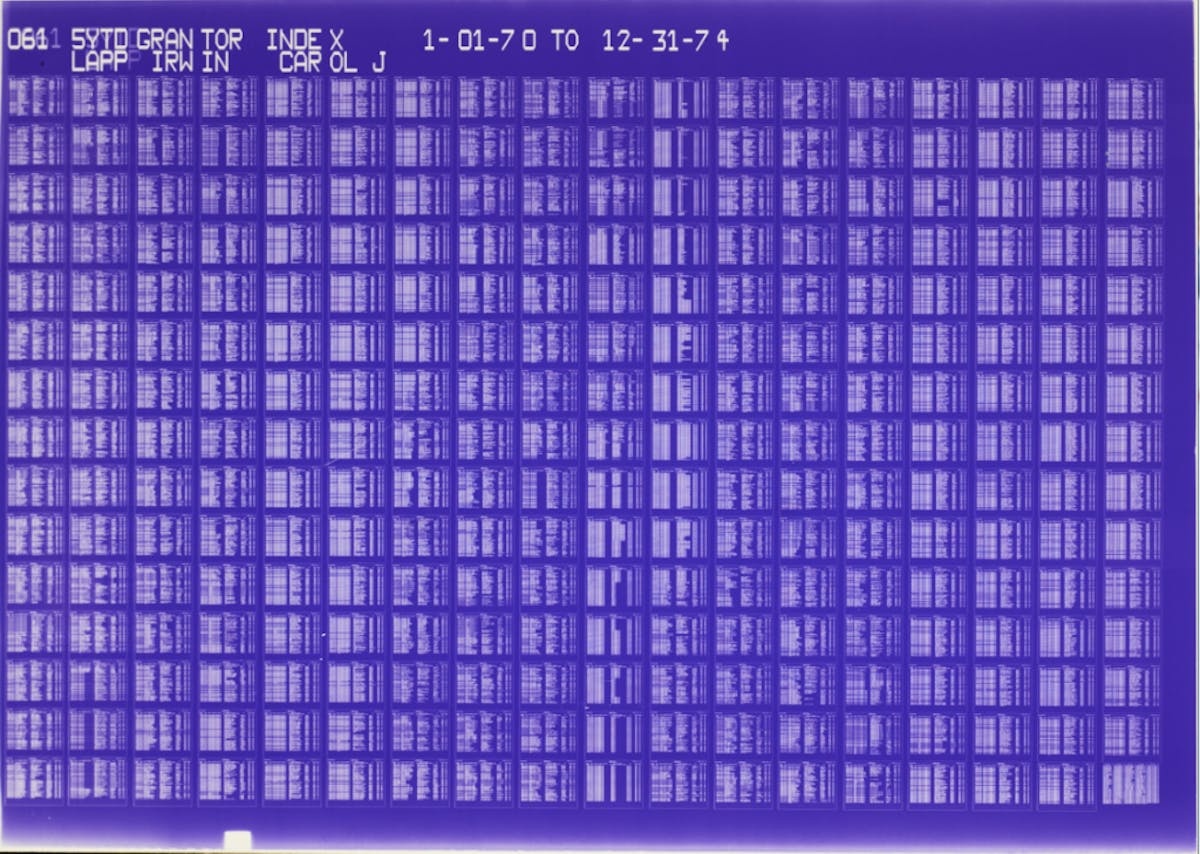In the 1990s, when companies like Getty Images and Corbis aimed at disrupting the picture industry by investing in digital image distribution, their initial edge was based on their technological know-how. As tech companies, they invested heavily in the development of databases, linked data indexing and classification methods and the establishment of an e-shop system. In 2016 Corbis, initially founded and owned by Bill Gates, was bought by its major competitor Getty Images via the Chinese investor Visual China Group. Through the acquisition, the databank contents and the licensing rights for around 100 million images, including historical collections, news pictures, art reproductions and stock photography, were transferred to Getty Images. What the deal did not include was the takeover of Corbis’s employees, physical structures and analogue archives. it was a real coup in the eyes of Jonathan D. Klein, the president of Getty Images, who announced the merger on Twitter: “Almost 21 years but got it. Lovely to get the milk, the cream, cheese, yoghurt and the meat without buying the cow.” 5For a more detailed account of the Corbis / Getty Images merger and its implications, see Estelle Blaschke, “Bilder als Kapital: Corbis Getty Images und der digitale Bildermarkt”, Fotogeschichte: Beiträge zur Geschichte und Ästhetik der Fotografie 142 (Winter 2016): 49–54.







